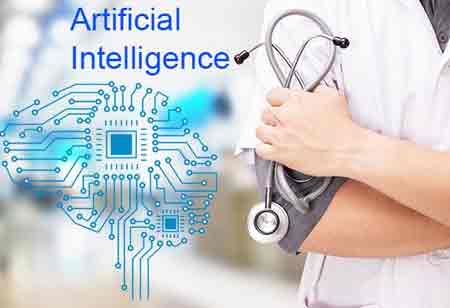THANK YOU FOR SUBSCRIBING
Malaysia on the Verge of Fourth Industrial Revolution
With digitalization, there will be a massive transformation in the nature of work resulting in new jobs for the future

By
Apac CIOOutlook | Thursday, January 16, 2020
Stay ahead of the industry with exclusive feature stories on the top companies, expert insights and the latest news delivered straight to your inbox. Subscribe today.
With digitalization, there will be a massive transformation in the nature of work resulting in new jobs for the future. The new wave is going to reverse the system of worker-reliant technology and create a workspace where workers will be increasingly reliant on technology and automation to perform their roles
Fremont, CA: The Fourth Industrial Revolution is rapidly becoming a reality, and Malaysia is likely to be one of the first countries to implement it thoroughly. Thanks to digitalization alongside 5G technology pioneered by Huawei, the Malaysian government is not far behind from fulfilling its promises of leading the country into a new wave of global digitalization and revolution.
With digitalization, there will be a massive transformation in the nature of work resulting in new jobs for the future. The new wave is going to reverse the system of worker-reliant technology and create a workspace where workers will be increasingly reliant on technology and automation to perform their roles. This will result in increased synergy and exchange between humans and technology.
The emergence of the Internet of Bodies (IoB) has already blurred the boundaries between humans and technology. IoB is nothing but an extension of the Internet of Things (IoT), which can be manipulated, controlled, experimented, and monitored remotely. One of the most prominent examples of this process of digitalization and external programming is the healthcare domain. The neurobiotics technology in Malaysia houses many cases of Hybrid Assistive Limb (HAL) as cybernic treatment.
Neurobiotics deals with the interface between the central nervous system and Artificial Intelligence (AI), intending to decode brainwaves or neural signals to simulate and reconstruct the interaction externally. Neurobiotics leverages the pre-existing technology of electroencephalography (EEG). Cybernic treatment involves the use of applied neurobiotics, which aims to restore and improve the connection between a patient's muscles and neural system using an algorithm based artificial or biomechatronic body parts attached to the patient to improve mobility.
This kind of integration with smart technology can also be extended towards degenerative neurological conditions, like in the case of patients who have Alzheimer's disease. Currently, there is no definitive cure for Alzheimer's, and the situation inevitably requires some extent of social care for those who need it. At the same time, there are medical and non-medical treatments available to help patients manage the symptoms. These are two such cases, Cybernetics and Alzheimer's, where the integration of healthcare and social care as two nodal points can come into play.
See also: Top IoT Solution Companies





